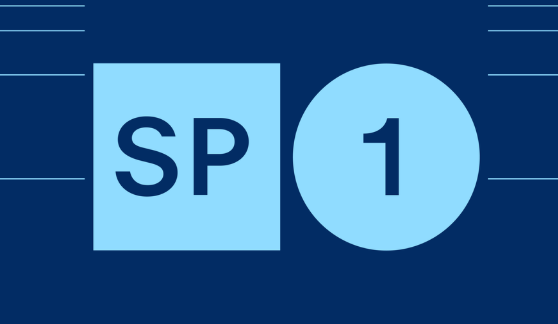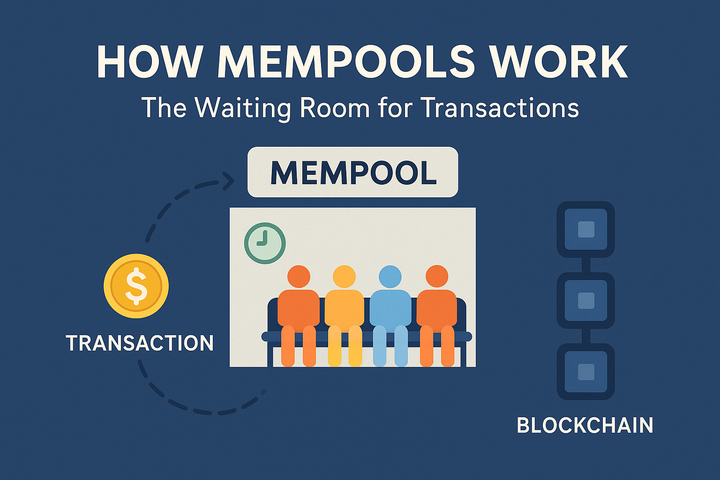SP1 zkVM: how the technology will change the world, what developers will be able to get

The Web3 world increasingly requires scalability, security, and universality of computing. At the intersection of these challenges, Succinct SP1 appears — a powerful zkVM (zero-knowledge virtual machine) that can dramatically simplify the verification of computations and launch a new wave of innovation. This article will tell you what SP1 is, how it works, how it differs from other solutions, and why developers should pay attention to it.
What is Succinct SP1?
Succinct SP1 is a zero-knowledge virtual machine developed by Succinct that allows you to prove the execution of arbitrary programs in the form of a ZK proof. The main advantage of SP1 is the ability to run regular Rust code and generate proofs of its correct execution without having to write ZK code manually.
Simply put: SP1 allows you to prove that a program has executed correctly, without the need for re-execution or trust in third parties.

Why is this important?
In a classic Web3 application, users either trust the blockchain or repeat the calculations themselves. The ZK approach offers a third way: instead of repeating, they check a short proof that everything was done honestly.
Before SP1, existing zkVMs were:
1. Difficult to use: required learning a DSL or special frameworks.
2. Slow or limited in functionality.
3. Poorly integrated with the ecosystem of common development languages.
4. Succinct SP1 changes this.
5. Key features of SP1
6. Native Rust support
7. SP1 allows you to compile regular Rust code into a provable form - without rewriting the logic.
8. Open-source and modularity
Developers can embed SP1 in their own rollup systems, blockchains or applications.
What SP1 Enables for Developers
|
Capability |
Description |
|
Use
existing Rust code |
No need
to rewrite apps in DSL or low-level ZK languages |
|
Verifiable
execution off-chain |
Prove
program execution without running it again |
|
Modular
rollup integration |
Build
sovereign rollups with SP1 as the core zkVM |
|
Trustless
bridges |
Build
cross-chain protocols using SP1-generated proofs |
|
ZK-enabled
dApps |
Add
privacy and integrity to any app logic |
|
zkML
and verifiable AI inference |
Prove
that machine learning outputs are correctly computed |
|
Serverless
+ verifiable backends |
Turn
backend logic into cryptographically verifiable services |
Compatibility with proof-systems
SP1 can be used together with popular ZK schemes (Halo2, Plonky2, RISC Zero, etc.), as well as with its own STARK baseline.

How SP1 will change the industry
Next-generation blockchains
SP1 makes it possible to launch "light" blockchains, where logic execution occurs off-chain, and only the proof gets into the network. This is the basis of zk-rollups, sovereign rollups, and trustless bridges.
Interoperability
Instead of trusting bridges or validators, SP1 can verify the execution of programs from another chain through proofs, opening the way to trust-minimized bridges.
Simplifying dApp development
Developers can use the familiar Rust stack without delving into ZK algorithms, and get all the benefits of zk-proofs.
A new wave of offchain applications
SP1 opens the way to offchain games, private computing, zkML (provable AI models), and verifiable API services.

What developers get
· Feature How SP1 helps
· Write in plain language (Rust) No need to learn DSL or write manual zk code
· Fast proof generation Suitable for real-world use cases, including rollups and dApps
· Easy integration Plugs in as a module to any infrastructure
· Openness and extensibility You can customize behavior and use different provers
· Scalability Allows you to move logic off-chain — while maintaining trust
Use cases
1. ZK games: verify moves without revealing all the logic.
2. Onchain forecasts: an offchain model with proof of calculations.
3. zkRollup on Celestia: you can build your own rollup and use SP1 to prove the execution of logic.
4. Smart Bridges: Not Trusting Validators, But Verifying Proofs.
SP1 vs Other zkVMs
|
Feature |
Succinct SP1 |
RISC Zero |
zkSync Era |
Cairo (StarkNet) |
Polygon zkEVM |
|
Language
Support |
Rust |
Rust |
Solidity |
Cairo
(custom) |
Solidity |
|
Proof
Type |
STARK
(modular) |
STARK |
SNARK |
STARK |
SNARK |
|
Open-source |
✅ Yes |
✅ Yes |
❌ No |
✅ Yes |
❌ Partially |
|
General-purpose
computation |
✅ Full |
✅ Full |
⚠️ Limited |
⚠️ Optimized for Cairo |
✅ Full |
|
Developer
Onboarding |
👌 Easy (Rust) |
Medium
(Rust DSL) |
Easy
(EVM) |
Steep
(new DSL) |
Easy
(Solidity) |
|
Performance
(proof time) |
⚡ Fast |
Medium |
Medium |
Fast |
Medium |
|
Customizability
/ Modularity |
🔧 High |
Medium |
Low |
Medium |
Low |
Who's Using SP1?
· Lattice: Modular Rollups with Full Provable Logic.
· Caldera: Experimenting with integrating SP1 into custom rollup solutions.
· Succinct Explorer: An interface for testing and debugging SP1 programs.
· zkWasm Community: Seeing SP1 as a layer between regular programs and zk proofs.
Conclusion
Succinct SP1 is not just a new zkVM. It is a bridge between regular development and the power of zero-knowledge proofs. It democratizes ZK development, making it accessible to any Rust developer.
SP1 is a future where security, transparency, and scalability of blockchains will be achieved not at the expense of complexity, but through simplicity and open source tools.



Comments ()